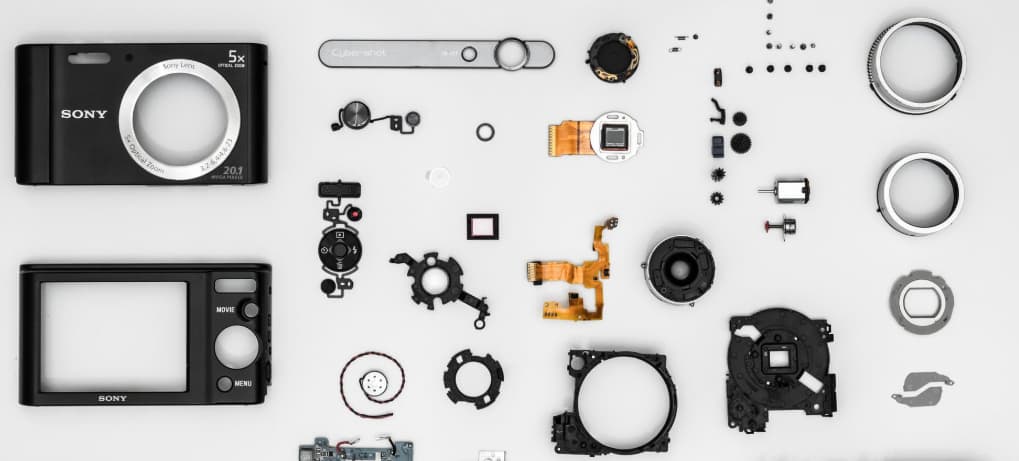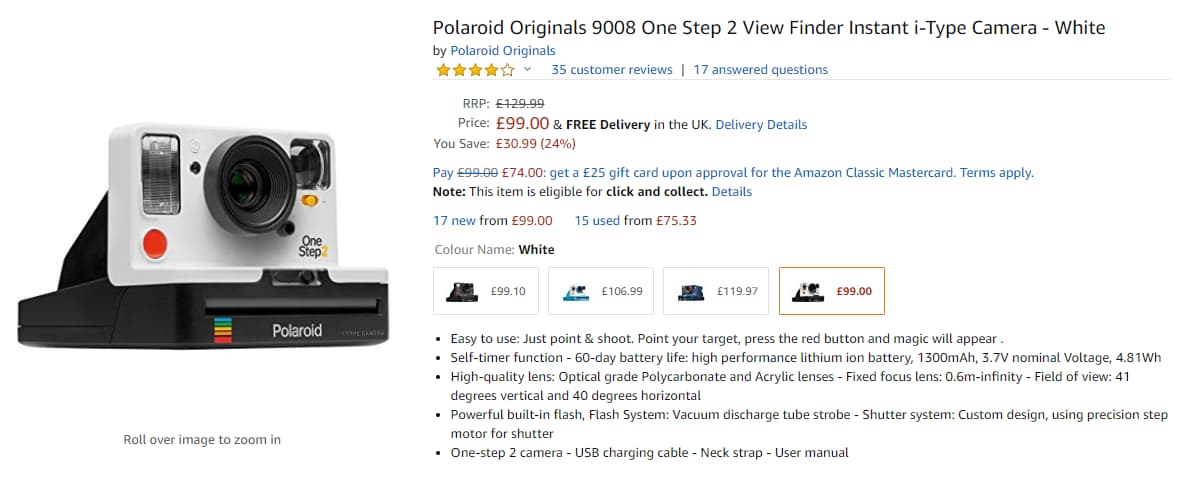Do you really know what your products can do for consumers? In this article, we’ll show you how to highlight the true benefits of your products and use them to sell.
If you want people to purchase your products then you have to point out the benefits they provide. This is one of the first rules of marketing, but it’s one which companies, big and small, forget time and time and time again. But how can you extract the benefits from your product and then deliver them to the customer?
How to Uncover the Benefits of your Products
When it comes to finding the benefits of your products, you’ll have to look at them from different angles and see them from the customer perspective. Here’s how you can do that.
Get a New Perspective

If you’ve ever written a personal statement or a CV, then you’ll know how difficult it is to write about yourself. However, if asked to do it about someone else, the task is much, much easier.
Why?
It’s all about perspective. When we try to look at ourselves we struggle to see how other people would look at us. The same goes for products. If you create something, you might know exactly why you would use it, but it’s difficult to see it from the perspective of other people.
The best way to see your products from the customer perspective is to ask the customer. They will be able to highlight the benefits and flaws that you would otherwise never notice.
If you’re short on time and don’t want to contact customers, then you can even ask your friends and family what they think of your products.
Break It Down

Another good way to discover the benefits of your product is to break it down, feature by feature, and then link each of those features to potential benefits.
Let’s take a camera for example and use the real features to see what benefits we can extract.

Easy to use > Just point & shoot > Point at your target, press the red button and let the magic happen.
This is somewhere in between a feature and a benefit, however, it’s too vague to get customer’s imaginations primed for the sale. All it is really saying is that it’s a camera, and if you point it at something and push the button it will take a picture. Which any customer with half a brain cell would already know. Therefore, we need to extract something more convincing which tells the customer why they should buy this camera and not a different one.
Easy to use is ok, but what does that mean for the customer? It should mean that they don’t need to be a professional to take high-quality photos. Therefore, this benefit is good if we are selling to hobbyists or people who just want to take amateur family and holiday snaps. Then we need to think about what this really means for the customer and convert the feature to a benefit. The thought process may look a little something like this:
Easy to use > One-Click > High-Quality Family Photos > Capture Memories Instantly with Just One Click
Now that you’ve transformed the first feature into a benefit that customers might actually want, they can more easily picture themselves using the product and can see how it would benefit them.
Here’s how some of the others might look:
Self-timer function > hands free > group photos > don’t leave anyone out > Bringing friends and familes together > Because stories are for sharing
High-Quality Lens > High-Quality photos > Bring your memories to life > Never miss a moment with…
Once you have your benefits, you can use them to shape your angle and drive up sales.
In marketing, not all benefits are equal and you’ll have to be able to spot the differences between real and fake benefits in your copy if you really want people to see the value in your product. Luckily, this is pretty easy.
Real VS. Fake Benefits

Real benefits are things that make you want to buy something. Fake benefits are things that marketers think sound nice but don’t really give the consumer an incentive to purchase. Here are two examples, see if you can guess which one is real and which one is fake.
Spend less time and money each time you shop thanks to Virago
Save time and money each time you shop thanks to Virago
The difference here is really subtle, but it matters. You have to ask yourself where the true value and pain points are in the customer journey. In the 2 examples above, 1 is the fake benefit and 2 is the real benefit. But why?
Example 1 is the means t to an end. Sure the customer may want to spend less, but the reason why is that they want to save money.
Whenever you highlight the benefits of your products, make sure they are showing the customer the end result, and not the means to an end.
When to Use Features

Features do have their place and not everything should be aimed at your customers’ emotions. This is especially true when it comes to targeting people who already know a lot about the product you are selling and simply want to compare.
Features are more beneficial for people who need your products, rather than simply want them. Therefore, if you are selling something more technical and people need to know exactly what it does, then features will give them the info they need, fast. However, that doesn’t mean you should neglect benefits.
At the end of the day, no matter how technically skilled your prospective buyer, the sale will ultimately come down to whether or not your product benefits them. Therefore, if it makes their job easier, more cost-efficient or less time consuming, you need to show them and explain how and why.
Features are the evidence you use to back up your benefits as they tell people what your product consists of. It’s then your job to let people know how those features will help them and why they should part with their hard-earned cash for the benefits they offer.
When it comes to making purchases, people are not as logical or practical as they think they are. Emotions come first and they guide us to finding ways to justify them. If we can justify our emotions, then we perceive the resulting journey as being ‘logical’. The truth is, it’s often based mostly on desire, which we then have to rationalize as having a positive impact on our lives.

